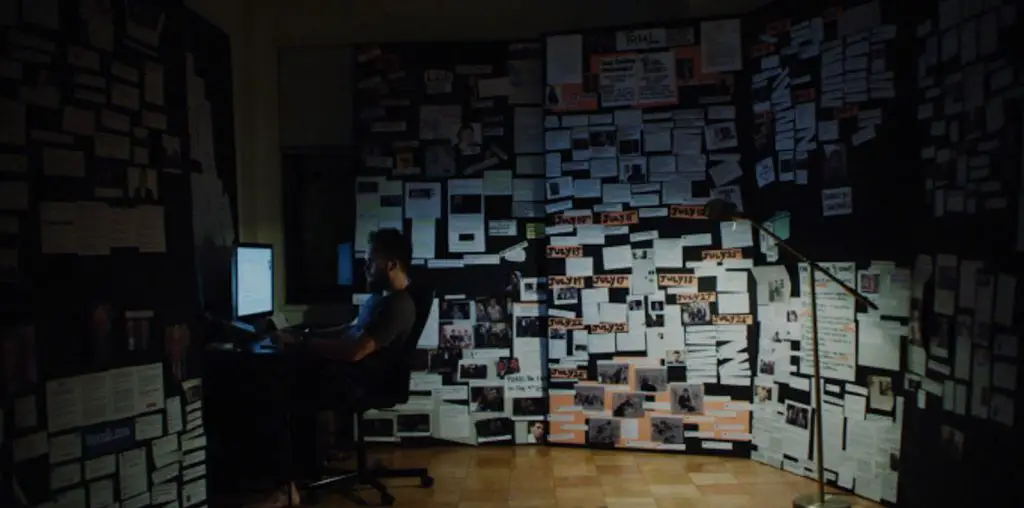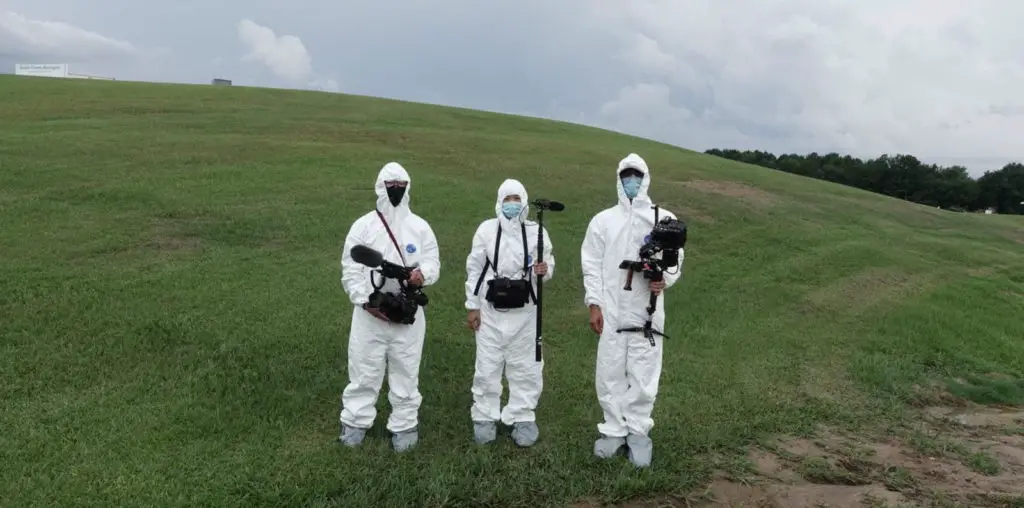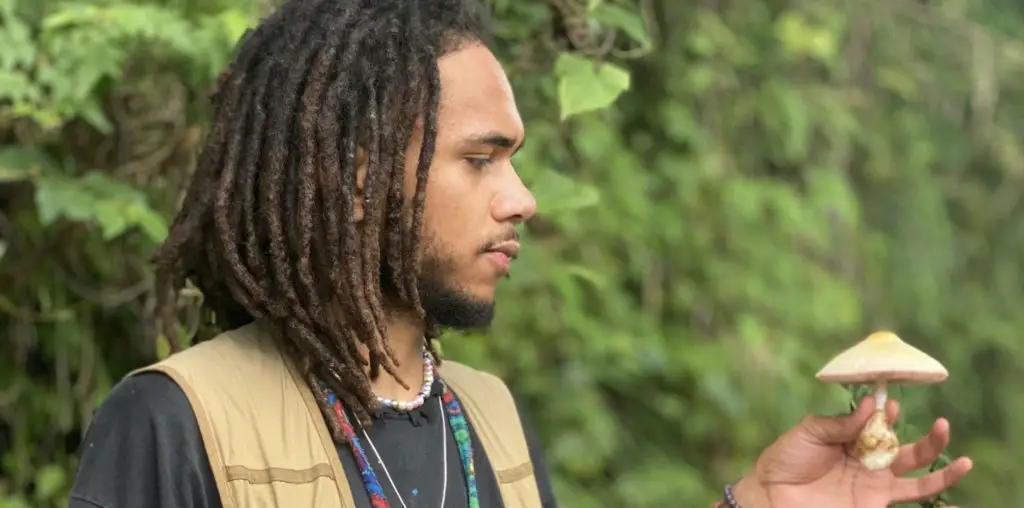
All the interviewees in Pay Or Die relay similar sentiments. They express how depressing it is to witness a country with so many resources have its citizens become “medical refugees” because of chronic illnesses manageable with drugs. And you know things are bad when even medical professionals advise getting medications or care in another country.
However, even with access to treatment dealing with Type 1 is not easy. Participants explain how tedious it is to treat, especially for those who have it from a young age or those caring for the sufferer. The tolls it takes, both physically and mentally, to be immunocompromised (even more so in this perilous time) are explored. In addition, we observe a sufferer despondently dumping bags full of the monthly supply filled with single-use packages on a table. On top of being expensive, this treatment creates a lot of waste.
“…often raw…”
However, one has no choice but to pay and religiously take their daily shot until someone finds a cure or more practical long-term solutions. Therefore, many have chosen to cope by channeling their rage, grief, or despair into helping others via system D and sharing their, or their departed family member’s, supplies. Others choose to become activists and help pass bills nationwide, like the Alec Smith Insulin Affordability Act in Minnesota (guaranteeing a supply of insulin for those who cannot afford it).
Pay Or Die acts as a call to action driven by human stories. We hear heartbreaking stories from patients, helpless loved ones, or school-age kids candidly talking about getting jobs to help their parents pay for the medicine. Sadly this is not news, as most should be familiar with the big issue at stake. The film is as straightforward as it gets and often raw in quality or form despite some nice but sporadic use of animation. However, the subject and people involved need no artifice to convince or connect with viewers.
Pay Or Die screened at the 2023 SXSW Film Festival.

"…acts as a call to action driven by human stories."


